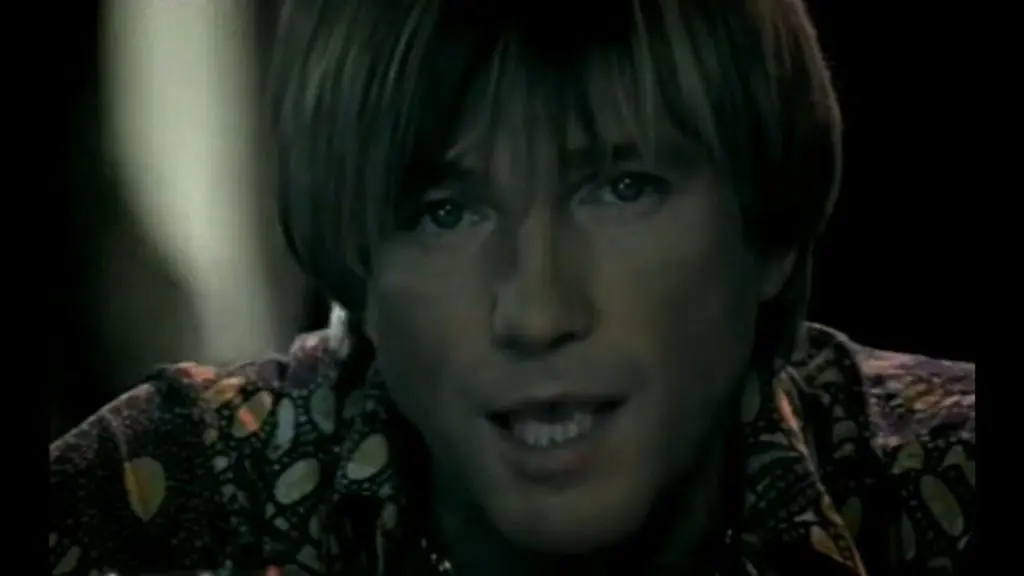Leonard Cohen is one of the most fascinating and enigmatic (if not the most successful) singer-songwriters of the late 1960s, and has managed to maintain an audience over six decades of musical creation.
The singer attracted the attention of critics and young musicians more successfully than any other musical figure of the 1960s who continued to work in the XNUMXst century.
Talented writer and musician Leonard Cohen
Cohen was born on September 21, 1934 to a middle-class Jewish family in Westmount, a suburb of Montreal, Quebec, Canada. His father was a clothing merchant (who also had a degree in mechanical engineering), who died in 1943 when Cohen was nine years old.
It was his mother who encouraged Cohen as a writer. His attitude to music was more serious.
He became interested in the guitar at the age of 13 to impress a girl. However, Leonard was good enough to play country and western songs in local cafes, and he went on to form the Buckskin Boys.
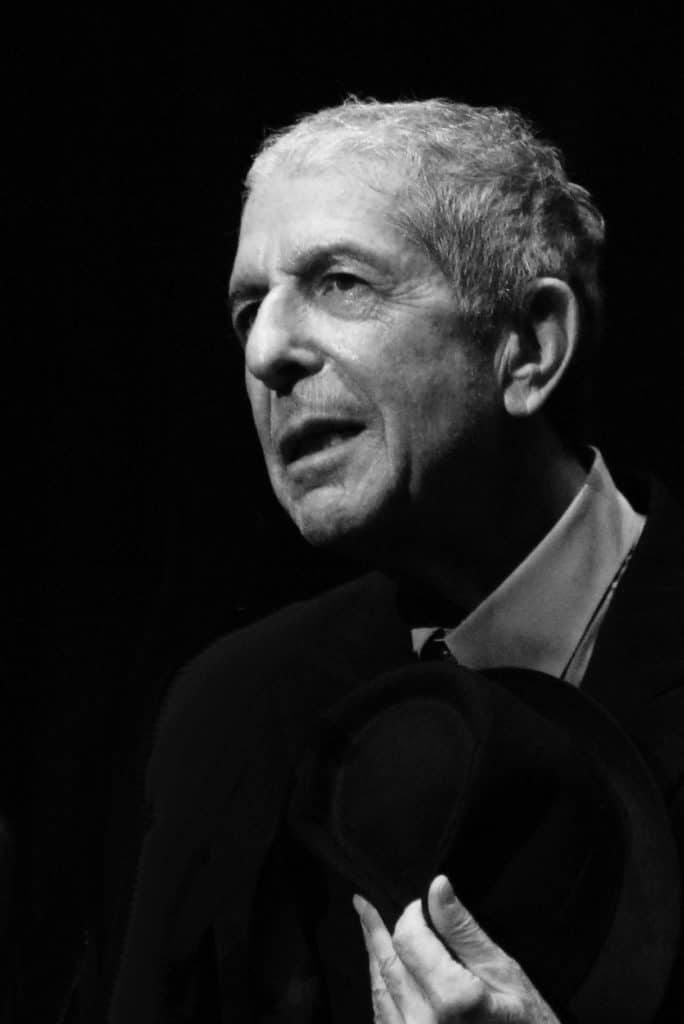
At 17, he entered McGill University. By this time he was writing poetry in earnest and had become part of the university's tiny underground and bohemian community.
Cohen studied very mediocre, but wrote excellently, for which he received the McNorton Prize.
A year after leaving school, Leonard published his first book of poetry. It received good reviews but sold poorly. In 1961, Cohen published his second book of poetry, which became an international commercial success.
He continued to publish his works, including several novels, The Favorite Game (1963) and The Beautiful Losers (1966), and collections of poems Flowers for Hitler (1964) and Parasites of Heaven (1966). ).
Return to the music of Leonard Cohen
It was around this time that Leonard began writing music again. Judy Collins added the song Suzanne with lyrics by Cohen to her repertoire and included it on her album In My Life.
The Suzanne record was constantly broadcast on the radio. Cohen later also featured as a songwriter on the album Dress Rehearsal Rag.
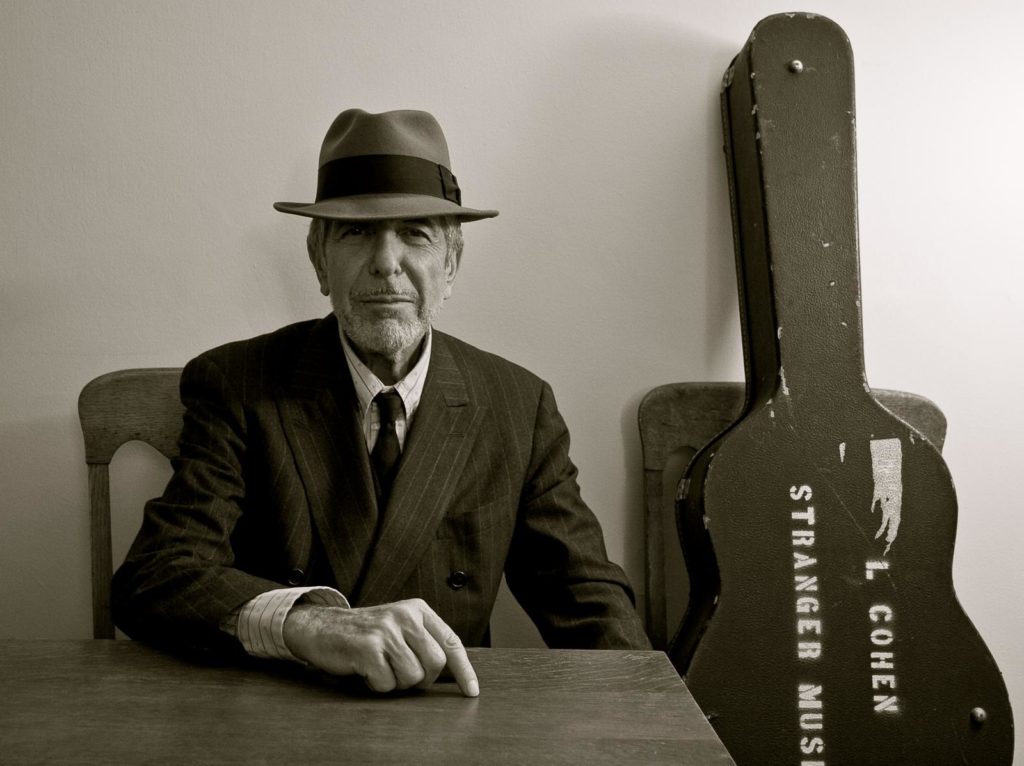
It was Collins who convinced Cohen to return to performing, which he had abandoned during his school days. He made his debut in the summer of 1967 at the Newport Folk Festival, followed by fairly successful concerts in New York.
One of those who saw Cohen perform in Newport was John Hammond Sr., a legendary producer whose career began in the 1930s. He has worked with Billie Holiday, Benny Goodman and Bob Dylan.
Hammond signed Cohen to Columbia Records and helped him record The Songs of Leonard Cohen, released just before Christmas 1967.
Despite the fact that the album was not very well thought out musically and rather melancholy, the work became an immediate hit in the circles of aspiring singers and songwriters.
In an era when millions of music lovers listened to holes in the albums of Bob Dylan and Simon & Garfunkel, Cohen quickly found a small but devoted circle of fans. College students bought his records by the thousands; two years after the release, the record was sold with a circulation of more than 100 thousand copies.
The songs of Leonard Cohen were so close to the audience that Cohen became widely known almost instantly.
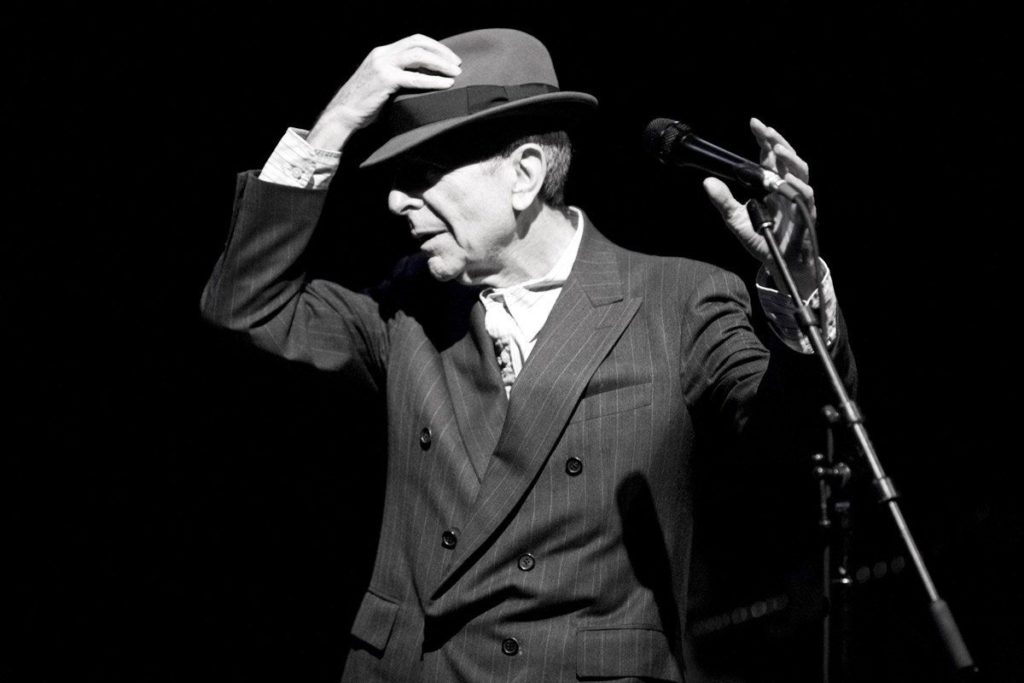
Against the background of his musical activity, he almost neglected his other occupation - in 1968 he published a new volume, Selected Poems: 1956-1968, which included both old and recently published works. For this collection, he received an award from the Governor General of Canada.
By that time, he had actually become an integral part of the rock scene. For some time, Cohen lived in the New York Chelsea Hotel, where his neighbors were Janis Joplin and other luminaries, some of whom had a direct influence on his songs.
Melancholy as the main theme of creativity
His follow-up album Songs from a Room (1969) was characterized by an even more melancholy spirit - even the relatively energetic single A Bunch of Lonesome Heroes was steeped in deep depressing feelings, and one song was not written by Cohen at all.
The Partisan single was a dark tale of the causes and consequences of resistance to tyranny, featuring lines such as She died without a whisper ("She died silently"), also featuring images of wind blowing past graves.
Joan Baez subsequently re-recorded the song, and in her performance it was more upbeat and inspiring to the listener.
In general, the album was less successful commercially and critically than the previous work. Bob Johnston's understated (almost minimalist) work made the album less appealing. Although the album had several tracks Birdon the Wire and The Story of Isaac, which became competitors for Suzanne's debut album.
The Story of Isaac, a musical parable revolving around biblical imagery about Vietnam, was one of the brightest and most poignant songs of the anti-war movement. In this work, Cohen showed the level of his musical and writing talent, as far as it was possible.
Success Phenomenon
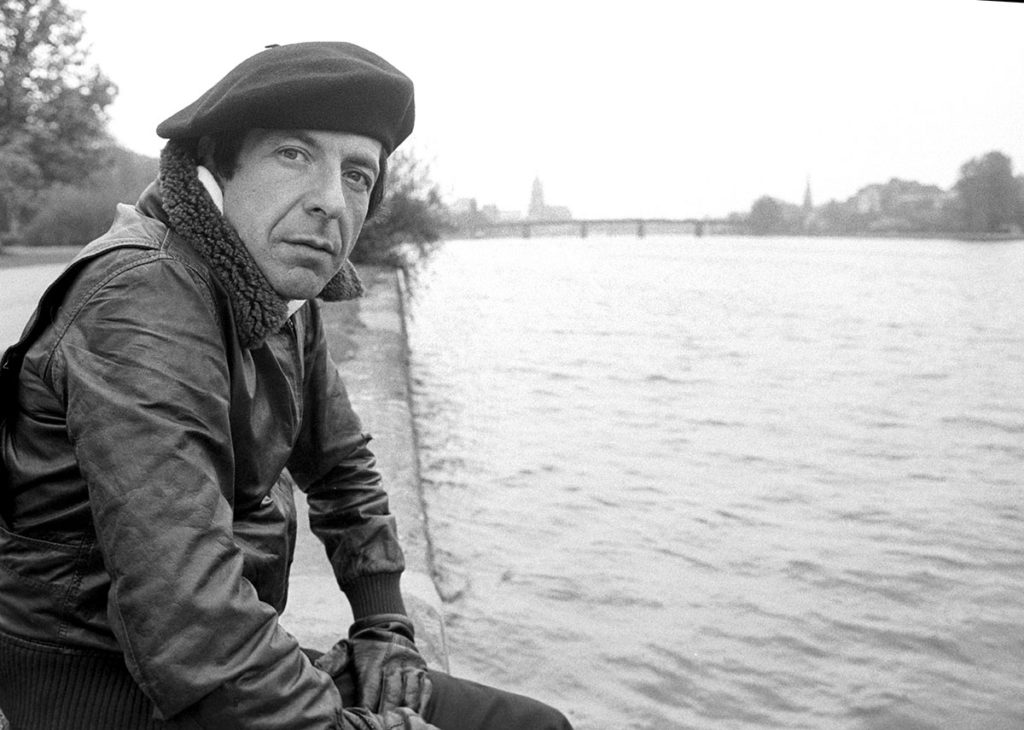
Cohen may not have been a well-known performer, but his unique voice, as well as the strength of his writing talent, helped him access the niche of the best rock artists.
He appeared at the 1970 Isle of Wight Festival in England, where rock stars including legends such as Jimi Hendrix gathered. Looking rather awkward in front of such superstars, Cohen played acoustic guitar in front of an audience of 600 people.
In a way, Cohen replicated a phenomenon similar to that enjoyed by Bob Dylan before his tour in the early 1970s. Then people bought his albums by the tens, and sometimes hundreds of thousands.
The fans seemed to see him as a completely fresh and unique performer. About these two artists learned by word of mouth more than on radio or television.
Connection with cinema
Cohen's third album, Songs of Love and Hate (1971), was one of his strongest works, filled with poignant lyrics and music that was equally flamboyant and minimalist.
The balance was achieved thanks to Cohen's vocals. To date, the most prominent songs are: Joan of Arc, Dress Rehearsal Rag (recorded by Judy Collins) and Famous Blue Raincoat.
The album Songs of Love and Hate, combined with the early hit Suzanne, brought Cohen a huge fan base around the world.
Cohen found himself in demand in the world of commercial filmmaking, as director Robert Altman used his music in his feature film McCabe and Mrs. Miller (1971), which starred Warren Beatty and Julie Christie.
The following year, Leonard Cohen also published a new collection of poems, Slave Energy. In 1973 he released the album Leonard Cohen: Live Songs.
In 1973, his music became the basis for the theatrical production Sisters of Mercy, conceived by Gene Lesser and based largely on Cohen's life or a fantasy version of his life.
Break and new works
About three years elapsed between the release of Songs of Love and Hate and Cohen's next album. Most fans and critics assumed that the Live-album was the point in the artist's career.
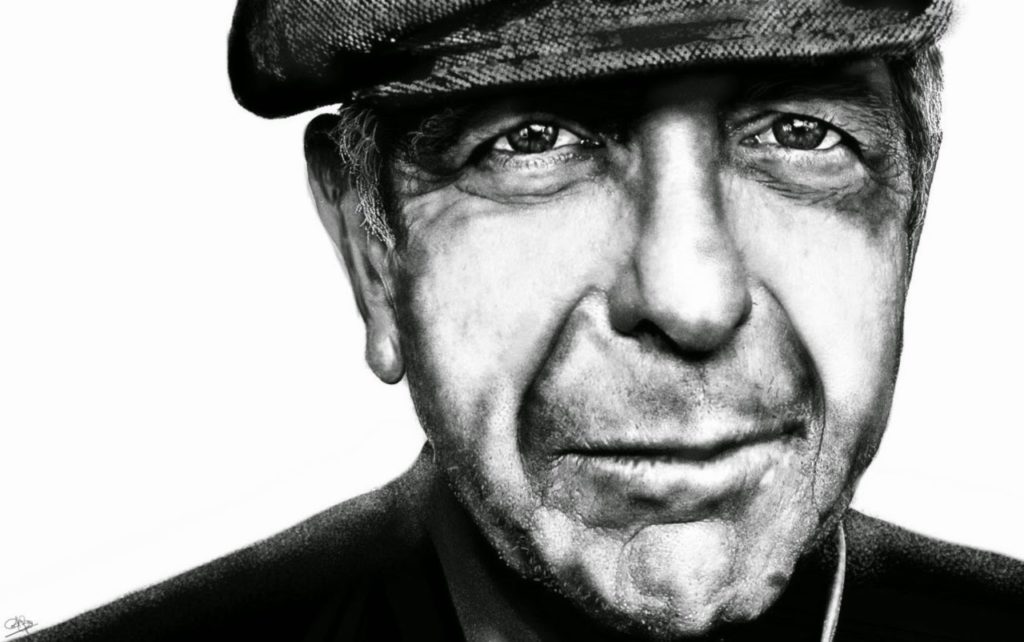
However, he was busy performing in the United States and Europe in 1971 and 1972, and during the Yom Kippur War in 1973 he appeared in Israel. It was during this period that he also began working with pianist and arranger John Lissauer, whom he hired to produce his next album, New Skin for the Old Ceremony (1974).
This album seemed to live up to the expectations and faith of his fans, introducing Cohen to a wider musical range.
The following year, Columbia Records released The Best of Leonard Cohen, which included a dozen of his most famous songs (hits) performed by other musicians.
"Failed" album
In 1977, Cohen re-entered the music market with Death of a Ladies Man, the most controversial album of his career, released by Phil Spector.
The resulting record effectively immersed the listener in Cohen's depressive personality, demonstrating his limited vocal abilities. For the first time in Cohen's career, his almost monotonous songs this time were far from a positive sign.
Cohen's dissatisfaction with the album was widely known among fans, who mostly bought it with that caveat in mind, so it didn't hurt the musician's reputation.
Cohen's next album Recent Songs (1979) was somewhat more successful and showed Leonard's singing from the best side. Working with producer Henry Levy, the album showed Cohen's vocals as engaging and expressive in his quiet manner.
Sabbatical and Buddhism
After the release of two albums, another sabbatical followed. However, 1991 saw the release of I'm Your Fan: The Songs featuring REM, the Pixies, Nick Cave & The Bad Seeds and John Cale, who credited Cohen as the songwriter.
The artist seized the opportunity by releasing the album The Future, which talked about the many threats that humanity will face in the coming years and decades.
In the midst of this activity, Cohen entered a new stage in his life. Religious matters were never too far removed from his thinking and work.
He spent some time in the mountains at the Baldy Zen Center (a Buddhist retreat in California), and became a permanent resident and Buddhist monk in the late 1990s.
Influence on culture
Five decades after he became a public literary figure and then a performer, Cohen remained one of the most enigmatic figures in music.
In 2010, a combined video and audio package "Songs from the Road" was released, which recorded his 2008 world tour (which actually ran until the end of 2010). The tour covered 84 concerts and sold over 700 tickets worldwide.
After another world tour that brought him universal recognition, Cohen, uncharacteristically, quickly returned to the studio with producer (and co-writer) Patrick Leonard, releasing nine new songs, one of which is Born in Chains.
It was written 40 years ago. Cohen continued to tour around the world with impressive vigor and in December 2014 he released his third live album, Live in Dublin.
The singer returned to work on new material, although his health was deteriorating. On September 21, 2016, the track You Want It Darker appeared on the Internet. This work was the last song of Leonard Cohen. He passed away less than three weeks later on November 7, 2016.


